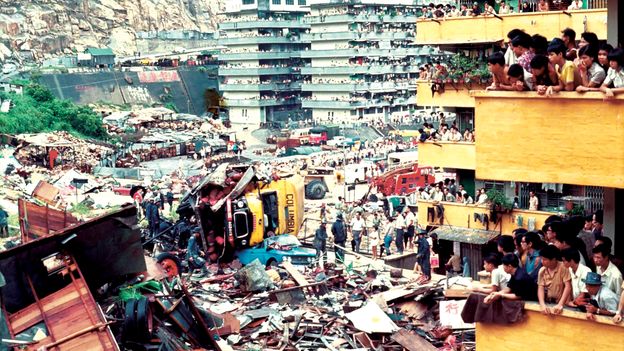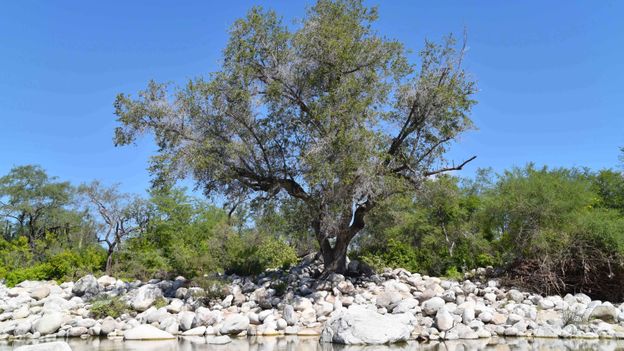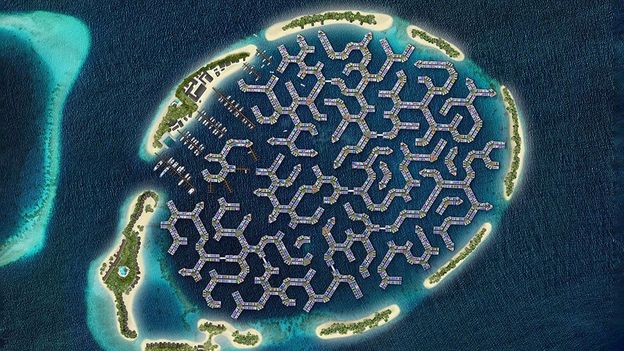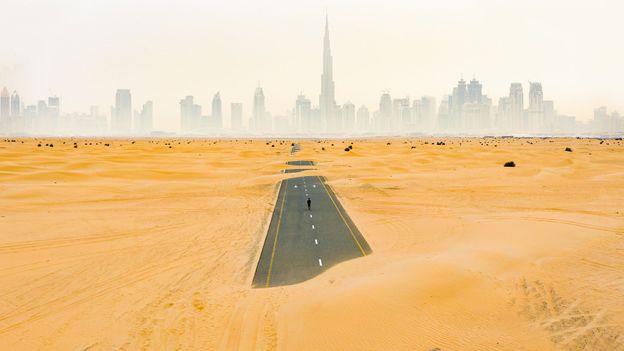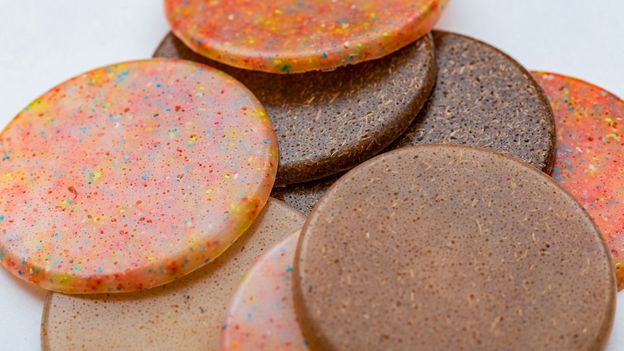On a road into New Delhi, countless cars a day speed over tonnes of plastic bags, bottle tops and discarded polystyrene cups. In a single kilometre, a driver covers one tonne of plastic waste. But far from being an unpleasant journey through a sea of litter, this road is smooth and well-maintained – in fact the plastic that each driver passes over isn’t visible to the naked eye. It is simply a part of the road.
This road, stretching from New Delhi to nearby Meerut, was laid using a system developed by Rajagopalan Vasudevan, a professor of chemistry at the Thiagarajar College of Engineering in India, which replaces 10% of a road’s bitumen with repurposed plastic waste.
India has been leading the world in experimenting with plastic-tar roads since the early 2000s. But a growing number of countries are beginning to follow suit. From Ghana to the Netherlands, building plastic into roads and pathways is helping to save carbon emissions, keep plastic from the oceans and landfill, and improve the life-expectancy of the average road.
By 2040, there is set to be 1.3 billion tonnes of plastic in the environment globally. India alone already generates more than 3.3 million tonnes of plastic a year – which was one of the motivators behind Vasudevan’s system for incorporating waste into roads.
It has the benefit of being a very simple process, requiring little high-tech machinery. First, the shredded plastic waste is scattered onto an aggregate of crushed stones and sand before being heated to about 170C – hot enough to melt the waste. The melted plastics then coat the aggregate in a thin layer. Then heated bitumen is added on top, which helps to solidify the aggregate, and the mixture is complete.
Many different types of plastics can be added to the mix: carrier bags, disposable cups, hard-to-recycle multi-layer films and polyethylene and polypropylene foams have all found their way into India’s roads, and they don’t have to be sorted or cleaned before shredding.
As well as ensuring these plastics don’t go to landfill, incinerator or the ocean, there is some evidence that the plastic also helps the road function better. Adding plastic to roads appears to slow their deterioration and minimise potholes. The plastic content improves the surface’s flexibility, and after 10 years Vasudevan’s earliest plastic roads showed no signs of potholes. Though as many of these roads are still relatively young, their long-term durability remains to be tested.
By Vasudevan’s calculations, incorporating the waste plastic instead of incinerating it also saves three tonnes of carbon dioxide for every kilometre of road. And there are economic benefits too, with the incorporation of plastic resulting in savings of roughly $670 (£480) per kilometre of road.


